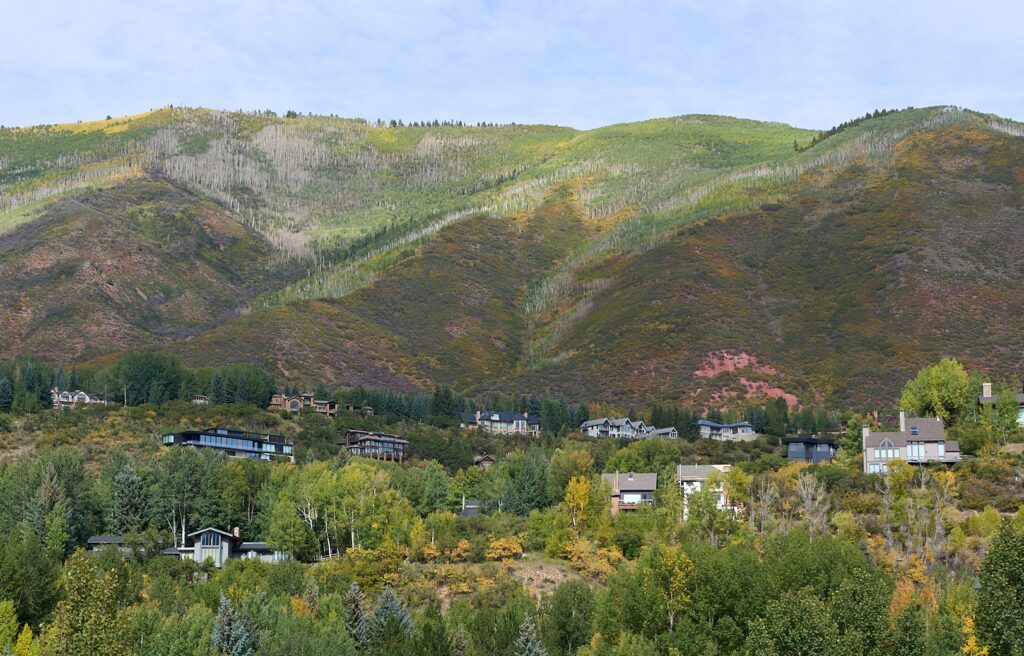Roaring Fork Valley Phenology | September 16, 2013
ACES Staff
September 16, 2013

Rain, Rain, Rain..Still in a Drought?
When it rains day after day and stories of floods fill the news many people ask us if the drought is over. It’s not. Check out the national drought monitor. The accumulated precipitation for 2013 is still well below the 30 year average. 2012 was worse. It takes a long time to catch up.
I took a look at precipitation data for this monsoon season (July-September) from the Pitkin County Airport.
As of 9/13/13 the station had recorded 1.36 inches of rain in September. It looks like we will beat the 15 year September average of 1.47 inches. The September record of 2.78 inches in 2002 (also a drought year) will be tough to beat since September precipitation is historically heavier early in the month.
ACES gets many questions on how a particular year matches up to the wettest, driest, hottest, coldest, snowiest, or cottoniest years on record. Usually the superlative comparisons are based on what people remember from the past few years. This makes sense this September too. From 2008 to 2012 only one year saw more than one inch of rain in September. So there has been more rain this September compared to what we remember. But it is the historical records that help us put things in perspective.
September precipitation at Pitkin County Airport 1998-2012 (1.47 inches average)
1998 0.48
1999 1.83
2000 1.85
2001 0.92
2002 2.78
2003 2.16
2004 2.37
2005 2.13
2006 1.84
2007 1.56
2008 0.5
2009 0.95
2010 0.54
2011 0.85
2012 1.3
The rest of the 2013 monsoon season looked like this: July (1.58 inches) was just under the fifteen year average (1.62 inches), and August (1.61 inches) was over the fifteen year average ( 1.21 inches). Add in a likely above-average September and we will wind up with an above average monsoon season this year. Though summer storms are important to the ecological needs of our area, it is the seasonal snowpack that most significantly influences the presence of drought. Snowpack contributes 70-80% of the annual precipitation of our area and is slowly released into the earth during the growing season.
The beginning of leaf season is now. By the end of the month we should see persistent snow on the high peaks and the seasonal snowpack will begin to grow.
~ Jim Kravitz, Director of Naturalist Programs
Related Content

RFV Phenology: Green is out, yellow is in! Or is it?
Learn More
ACES // City of Aspen Open Space Birding: Marolt Open Space 9/5/2024
Learn More